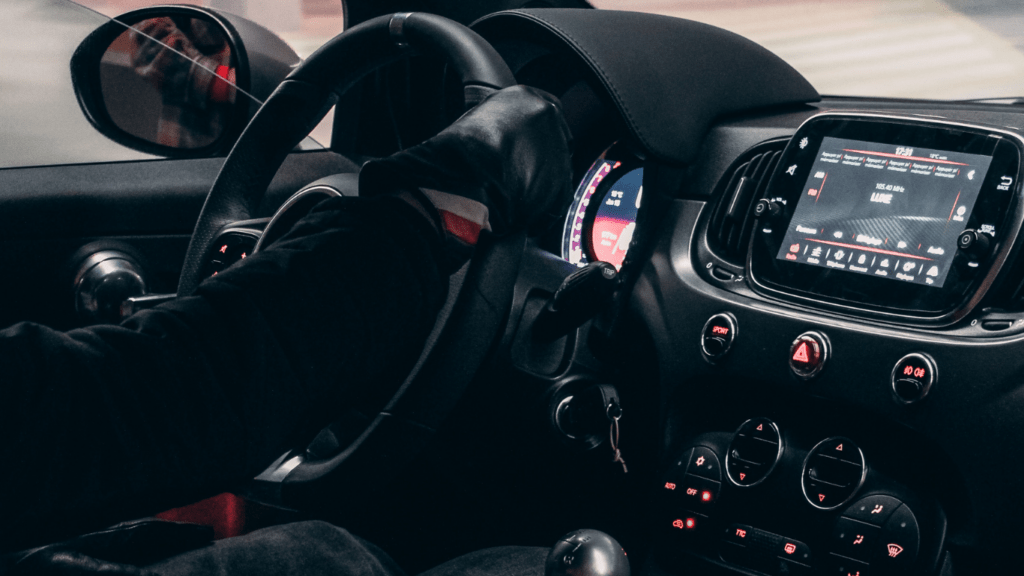From Voice Commands to Driving Co Pilots
In car voice assistants started simple. Early systems in the mid 2000s were clunky and mostly limited to basic phone calls and, at best, skipping music tracks. Recognition was spotty. Commands had to be exact. Not exactly seamless.
Things started shifting around 2011, when Apple introduced Siri. Soon after, automakers began experimenting more seriously with voice integration. By 2016, Alexa and Google Assistant were making their way into dashboards, and the idea of hands free convenience started to feel real.
Now, in 2024, we’re looking at full integration. Voice assistants aren’t just for choosing playlists anymore they’re managing navigation, adjusting cabin temperature, sending messages, even syncing with your smart home before you pull into the driveway. They’re the co pilots we didn’t know we needed.
Alexa Auto, Google Assistant, and Siri still dominate the space, but automakers have also rolled out their own platforms Mercedes Benz’s MBUX, BMW’s Intelligent Personal Assistant, and Ford’s SYNC to name a few. The race isn’t just about voice anymore; it’s about building systems that learn you, adapt to you, and keep you moving without distraction.
Hands Free, Stress Free
Smart assistants in cars are no longer a luxury they’re everyday tools that actually make driving smoother. Skip the fumbling for your phone. Need directions? Just ask. Texts and calls? Done without moving a hand. It’s the kind of simple convenience that stacks up fast, especially during a packed commute or long haul.
But it’s not just about ease. It’s about focus. Taking your eyes off the road for even a second is risky. Voice commands keep your hands on the wheel and your mind where it belongs on the road. That’s a legit safety upgrade that pays off every mile you drive.
And custom routines? That’s where things get even better. Imagine your car starting your go to playlist, turning on the A/C, and navigating to your regular work route all before you even shift into drive. Commuting turns from a hassle into something closer to autopilot, with fewer distractions and fewer taps. The result: more control, less stress.
Smarter Cars, Smarter Living

Today’s smart driving experience doesn’t stop at the hood it connects to the rest of your life. More cars now sync directly with your home systems, letting you control lights, thermostats, and even security cameras with a simple voice command. Pulling into your driveway and telling the assistant to turn on the porch lights or start heating up the living room? That’s not future tech anymore it’s standard.
Voice control is also extending well beyond, “play my podcast.” Drivers are setting appointments, creating shopping lists, and making Amazon orders while cruising in traffic. It’s multitasking that doesn’t take your hands or mind off the wheel.
Even better, personalized driver profiles are making every ride feel tailored. Your car remembers your preferred cabin temperature, your favorite playlists, and the routes you take most often. Jump in, say the word, and everything adjusts without lifting a finger. It’s more than comfort it’s a seamless blend of mobility and lifestyle.
Affordable Upgrades for Any Car
You don’t need a brand new Tesla to get a smarter drive. Even a decade old sedan can become voice assistant ready with the right tools. The key is retrofit tech devices built to bring modern convenience to older rides without the headache.
Start simple: a plug in Alexa Auto or a Bluetooth enabled speaker mic combo can give you hands free commands for navigation, playlists, calls, and reminders. Some dash mounted models even integrate with your smartphone’s voice assistant. For a deeper upgrade, there are OBD II devices that link your car’s data to smart apps, giving you real time diagnostics alongside assistant capabilities.
Installation takes less than an afternoon. Most devices plug into power ports or the OBD port under the dash, and setup happens through a paired mobile app. They’re designed to be user friendly no rewiring, no mechanic required.
Ready to dive in? Check out this full guide with product picks and DIY steps: Step by Step Guide: How to Upgrade Your Car with Smart Assistants Like Alexa.
Driving into the Future
Smart driving technology is no longer a futuristic concept it’s arriving faster than many expected. As artificial intelligence and voice activated tools continue to evolve, smart assistants are redefining what it means to be behind the wheel.
What’s On the Horizon?
The next wave of in car technology is focused on adding more predictive, responsive, and safety oriented features:
AI Co Pilots: Cars will be equipped with intelligent copilots that learn your habits, anticipate needs, suggest routes, and adapt to changing driving conditions.
Voice Activated Diagnostics: Drivers will soon be able to ask their vehicle about tire pressure, engine status, or upcoming maintenance with a simple command.
Enhanced Security: Biometric voice recognition, remote vehicle monitoring, and even voice controlled emergency support will raise the bar for in car safety.
Big Tech Meets Big Auto
Automakers aren’t doing this alone. Powerful partnerships with tech giants are accelerating the rollout of smarter features:
Google, with its Android Automotive OS, is being integrated natively into vehicle dashboards.
Amazon continues expanding Alexa Auto and is working with several manufacturers on seamless audio and smart home links.
Apple pushes innovation through Apple CarPlay, offering fluid integration with their entire device ecosystem.
Expect cars to become an extension of your digital life not just a mode of travel.
More Than Just Convenience
While most users appreciate voice assistants for hands free controls and simplified errands, the real transformation goes deeper:
It’s about creating a seamless connection between your car and your digital world.
Redefining the driver experience through personalization, automation, and smart integration.
Allowing commuters and travelers to take control of their time, safely and efficiently.
In the coming years, smart assistants will play a central role in how we interact with vehicles not as gadgets, but as true driving partners.
Also explore: How to Upgrade Your Car with Smart Assistants Like Alexa



